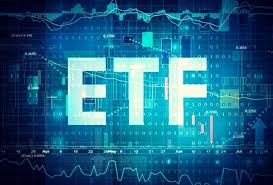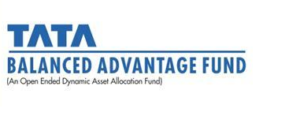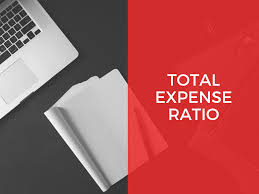Securities and Exchange Board of India (SEBI), the regulator of mutual funds in India vide its circular SEBI/HO/IMD/DF3/CIR/P/2017/114 dated October 6, 2017, redefined the characteristics and norms of all mutual fund schemes to ensure uniformity in the features of similar schemes launched by different mutual fund houses. The revised norms are announced to ensure convenience to the investor to evaluate features and returns of different schemes to take informed investment decision.
As per the revised norms, mutual fund schemes are categorized under five broad categories as mentioned below:
• Equity schemes
• Debt schemes
• Hybrid schemes ( a mix of equity and debt),
• Solution-oriented schemes ( For special purposes like education, retirement etc) and
• Other schemes
Fund of Funds scheme and Exchange Traded Fund scheme come under other schemes. Under all categoroies, otherthan under "Other schemes", SEBI has permitted only one scheme per category. However, under Index Funds/ ETFs and Fund of Funds, mutual fund houses are permitted to luanch mutiple schemes if they are replicating/ tracking different indices or having different underlying schemes respectively.
Fund of Funds Mutual Fund Scheme (FoF) – What is It?
A Fund of Funds (FoFs) is a mutual fund scheme that invests in other mutual fund schemes. FOF aims to match the various needs of different investors. Such funds consider various parameters like risk profiles, return expectations and investment goals of investors while designing the FoF scheme. Investors need to invest in only one fund, but their investments get distributed across various underlying fund categories. Thus, they derive the advantage of diversification.
Better exposure with much reduced risk compared to direct investment is the advantage that the investor gets from the investment in FoF. This method allows investor to diversify the investment, even if the total capital is less. But, often investment in FoF carry higher cost of investment. FoF has its own operative expenses. Apart from this, the investor has to share expenses related to underlying funds also.
Exchange Traded Fund(ETF)- What is it?
Exchange Traded Funds are mutual fund schemes that are listed and traded on exchanges. The units of ETFs are traded on stock exchanges like shares. ETFs provide a good investment opportunity to all kinds of investors including retail and corporates. ETFs normally invest in the shares that constitute an index and thus track the performance of index. There are also other exchange traded funds that invest in a specific sector. The investment in ETF is comparatively easy and also carries lower cost of investment. At the same time, they offer higher liquidity.

Normally, an ETF invests in a basket of shares that imitates the same composition of an Index, like S&P CNX Nifty or BSE Sensex. The trading value of ETF is derived from the net asset value of the underlying shares that it represents. Thus, it is a mutual fund scheme that can be bought and sold in exchanges in real times at a price that is dynamic. The price of an ETF varies throughout the day, replicating the values of underlying stocks. Thus, an ETF is more like a stock listed on a stock exchange. Since they are listed in stock exchanges, ETF units cannot be bought from mutual fund AMC. It has to be brought from a stock exchange.
Other Mutual Fund Scheme – Norms for scheme categorization and their characteristics
The revised norms for scheme categories under other mutual fund scheme and the characteristics are as shown below:
|
Sl No |
Other Schemes- Category |
Scheme Characteristics |
Other Schemes- Feature description |
|
1 |
Index Funds/ ETFs |
Minimum investment in securities of a particular index (which is being replicated/ tracked)- 95% of total assets |
An open ended scheme replicating/ tracking an index
|
|
2 |
FoFs (Overseas/ Domestic) |
Minimum investment in the underlying fund- 95% of total assets |
An open ended fund of fund scheme investing in specified underlying fund |





Be First to Comment